Recently, IWRC was able to interview Rebecca Dmytryk on the new animal rescue app, WildHelp she is working on:
IWRC: The description on kickstarter mentions that the app will provide safety tips and basic instruction on first aid to help save the animals life. Does this take into account the fact that most people that find injured wildlife don’t have any experience in animal first aid?
Dmytryk: Most people who find a wild animal in trouble will have little experience handling wildlife and for their safety and the welfare of the animal they should keep their hands off. There will, however, be instances when a very basic, very simple thing can help extend the life of an animal until it reaches a professional. For example, placing a cold hatchling on a warm rice-sock in a small cardboard box could save its life.
IWRC: What type of additional information will be given to the finder after the data has been sent besides basic first aid information? And will it be general information or specific to the type of animal and injury?
Dmytryk: Depending on the information the user gives, the app will respond with information specific to the type of animal or situation. If it’s a beached seal or sea lion for example, the app will offer the user tips on what not to do, instructing them not to pour water or sand on the animal or chase it back into the water, explaining that these animals haul out of the water to rest and get warm. If it seems the user is reporting an uninjured fledgling, the app will provide information on this stage in a bird’s development.
IWRC: If the finder of the animal is, for some reason, not able to identify what type of animal it is or what type of injury it has sustained, will there be a list of people/organizations that the finder can contact in order to better classify the type of animal/injury?
Dmytryk: The app will offer very basic questions, starting out with identifying what type of animal it is. After making the basic selection between bird, mammal, marine mammal, reptile or amphibian, the user is asked to refine their answer down to the species if they know it, or they can skip along to the next question. As for the animal’s condition, here, too, the user can provide details if they’re able to, or skip forward. Let’s say the user gave a very general description of an injured bird about the size of a football, then the app will still route them to the nearest wildlife hospitals or nearby responders.
IWRC: If the initial goal amount is reached, how long do you expect it will take to complete the database of first responders and wildlife professionals before the app can be launched?
Dmytryk: The database of wildlife response organizations, and categorizing them, is what will take time. The more we raise, the faster we can produce it. If all goes well, we should have this up and running by February, in time for the 2014 season. If we don’t reach our initial goal in pledges, we get nothing – we’ll have no money to complete the app’s development, so we really need people to make those pledges, even if it’s only $1., and then spread the word far and wide. I feel confident that if enough people know about it, we’ll be successful. People want this.
IWRC: Were there any experiences you or someone you know went through that inspired the creation of this app? And if so, how would this app have helped or improved the situation of the finder and of the injured animal?
Dmytryk: I’ve been involved in wildlife rescue and rehabilitaton since the earl 1980s, and back then this was an issue. It’s not like the system is broken, there’s never been anything in place to help people connect with wildlife experts. There has always been a major gap – a missing link. You know, you have 911 for people emergencies and animal control and police handle domestic animal calls, but injured wildlife? Unless the animal is a threat to public health and safety, it seems like the calls just slip through the cracks. We sure hear about it though – the wildlife hotline operators – don’t we? Just about every caller tells me of the difficulties they had in finding the right number, and such delays can be costly. Last year, a woman tried desperately to find help for an injured goose. It had line around its leg. Calling various agencies, she kept getting the runaround, until, get this, three months later she finally got through to an organization that helped rescue the bird. By then, though, it was too late. The bird lost its leg. Its life. So preventable. If she’d had the WildHelp app, the bird would have been saved in time.
I hope the rehabilitation community sees this as a valuable tool and supports its development. Remember, pledges through Kickstarter are just that – promises – no money exchanges hands until we are successful at reaching our goal. That’s when backers will be asked to make good on the amount they pledged. Safe and securely through Amazon Payments.

Leave a Reply
You must be logged in to post a comment.